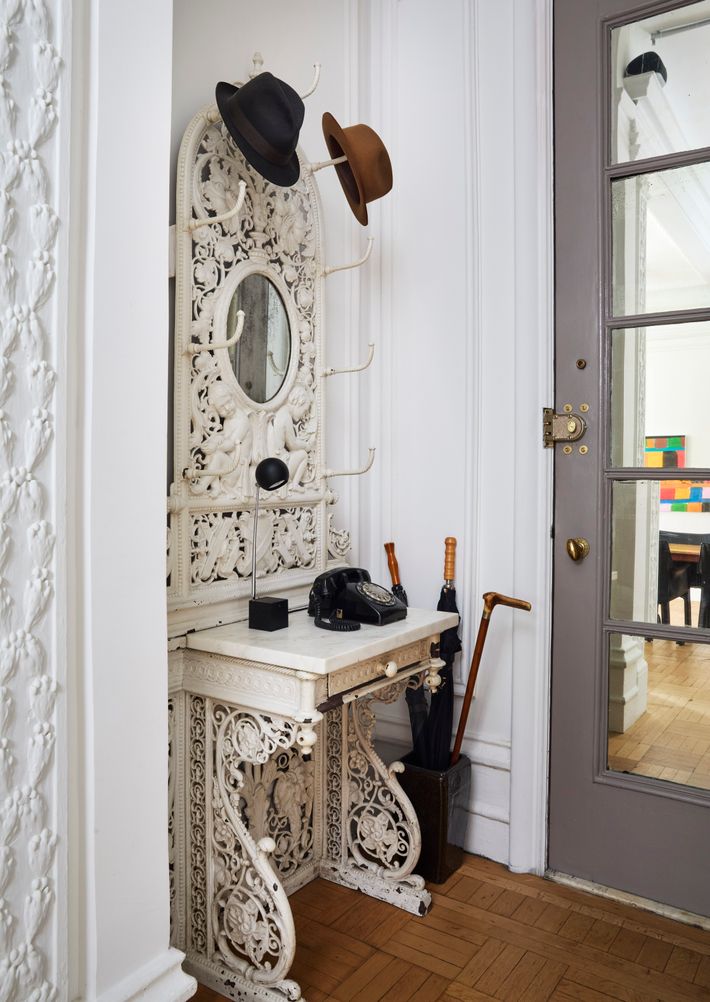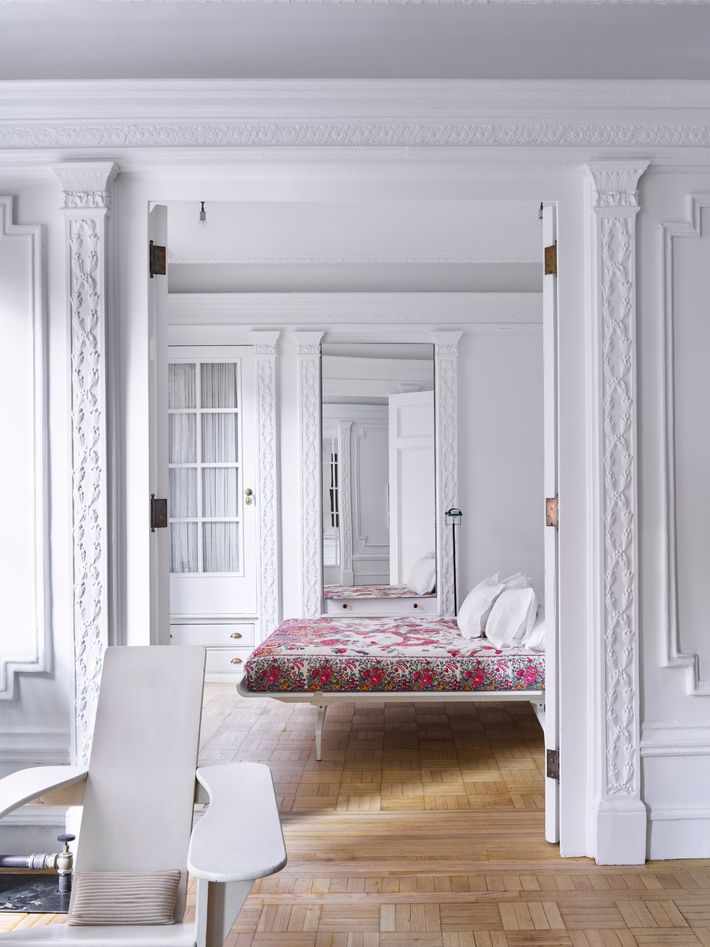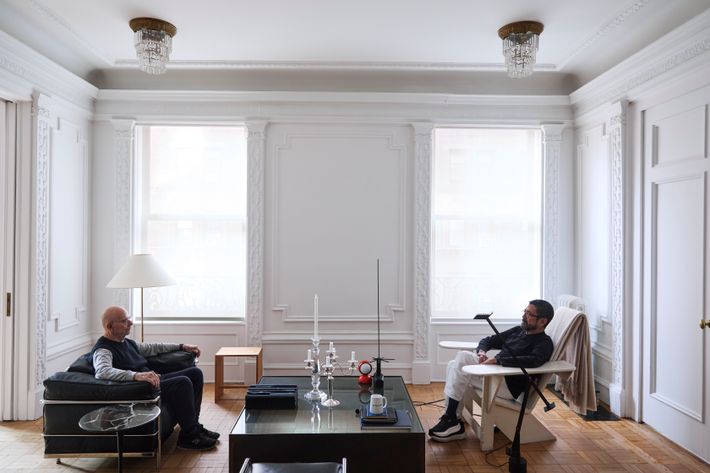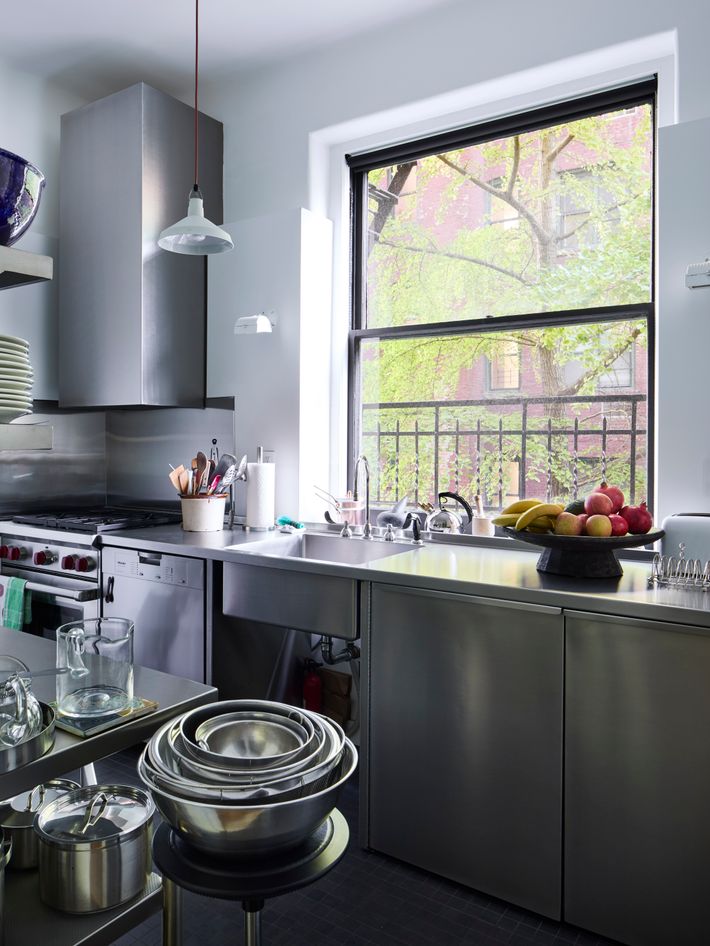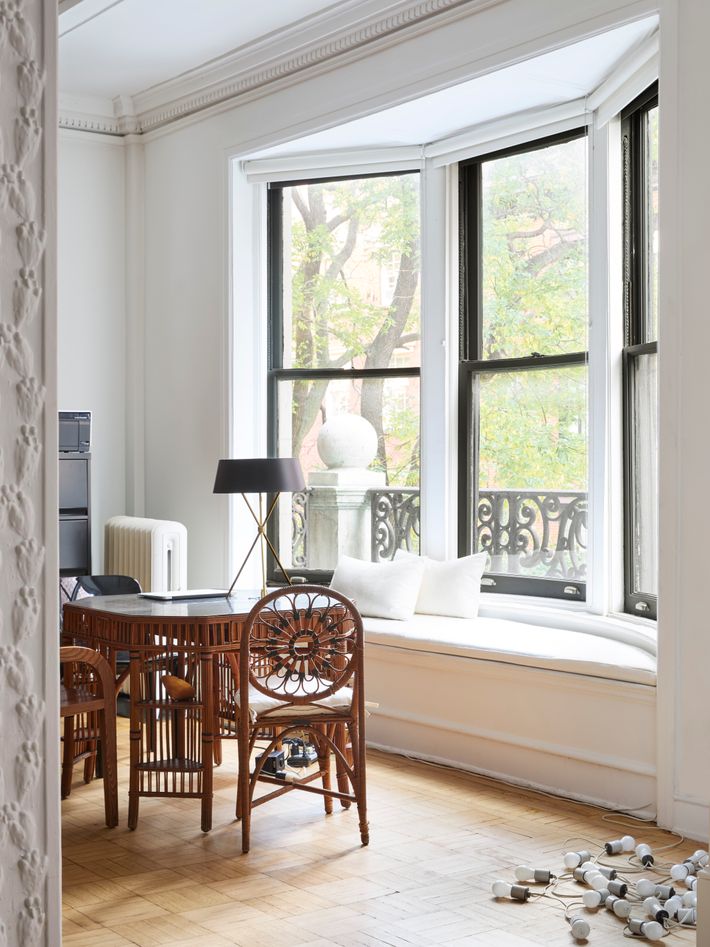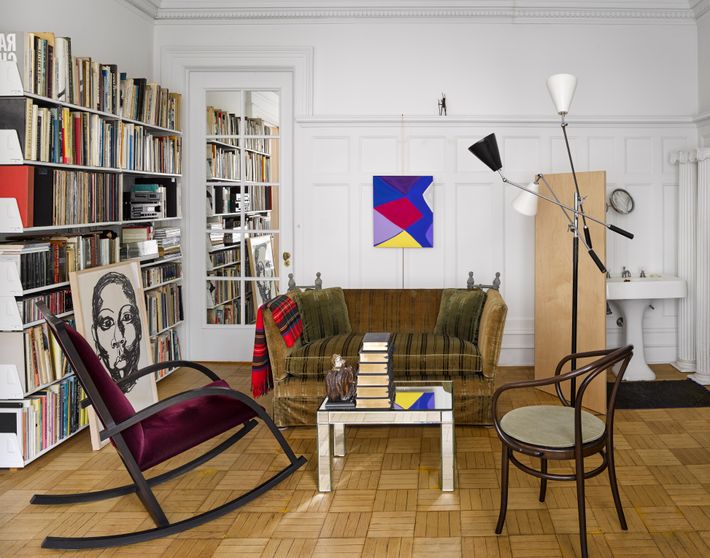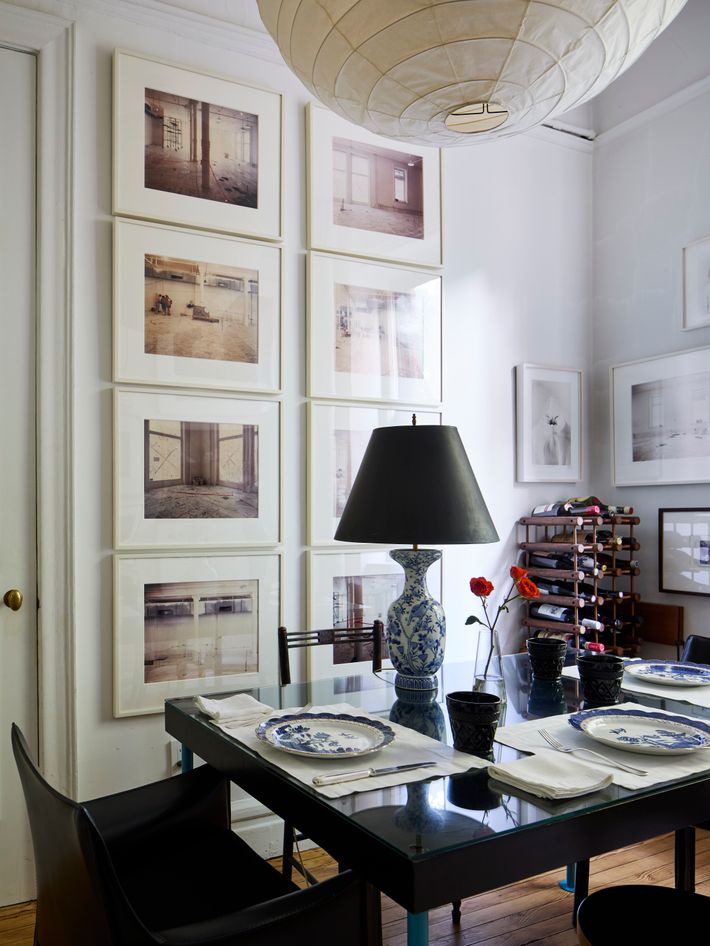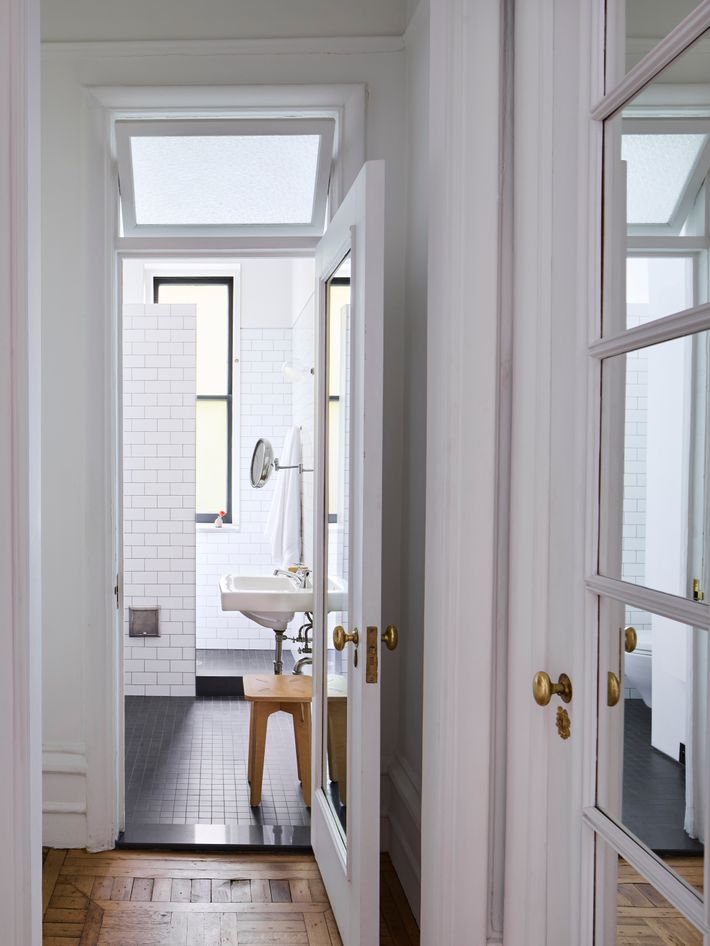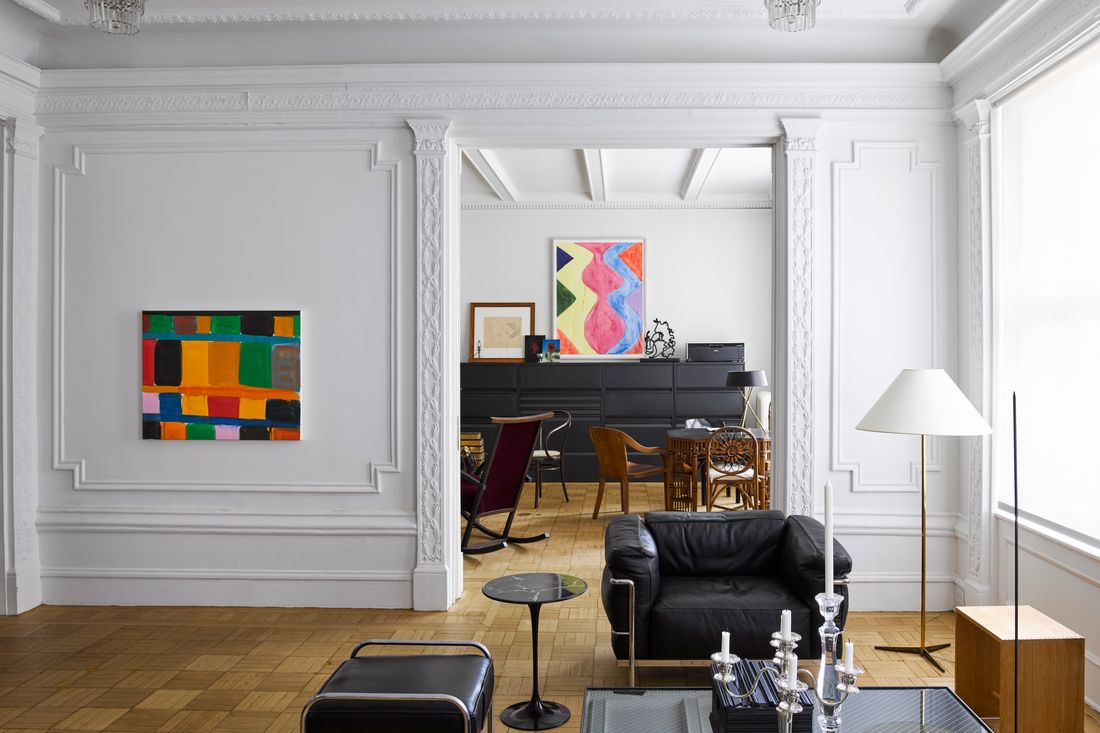
Jack Ceglic has a theory about interiors, which makes sense, given that the pared-down industrial design — the butcher-block counters, the kitchen-supply shelving — he came up with for the late great Soho culinary institution Dean & DeLuca in 1977 ended up being so influential. “It’s about what you need, and what you love, and the placement of the air around a piece. It’s not about decorating,” he says. “I do love decoration, but it’s about what you need.”
Ceglic is a first-generation New Yorker of Polish descent who grew up on Lincoln Place in Brooklyn. His father worked in the Garment District, and his mother owned a grocery store two blocks from the house they shared with another family. The store had a sawdust floor and a marble-topped counter with a refrigerator behind it on which a big block of butter was cut with a wire for customers; he recalls “all these pyramids of food made an impression on me.” His grandmother lived with them, and every Friday Ceglic would go with her to buy fish, “and she would have me carry the live fish home, and it would go in the bathtub, and before she cooked it, she would take it out and club it. I still have the knife that she clubbed that fish with!” he says, laughing.
Ceglic went to Parsons to study fashion illustration but taught himself design. When he worked on Dean & DeLuca in the ’70s, “everybody was thinking about avocado and harvest gold, and the food stores were so busy with signage and color you couldn’t even see the food,” he says. But he came up with something more pared down and functional.
This carried over to the apartment he has shared for the past decade with architect Manuel Fernandez-Casteleiro in a 1905 building on lower Fifth Avenue. When they moved in, they repainted — the walls, they say, were tobacco stained — and redid the kitchen and bathroom, but otherwise kept it as is.
The long wooden table they use as a shared desk is made of floorboards. But they don’t share their chairs by the window: Ceglic’s is a Le Corbusier manufactured by Cassina in the 1980s; Fernandez-Casteleiro’s is a wooden 1905 lawn chair designed by Thomas Lee and manufactured by Harry Bunnell.
There is a wall of black-and-white charcoal drawings Ceglic calls his “Matzo” series — they are from his “My Mother’s Store” show at the FiveMyles Gallery in 2014. He also recently had a show of his food paintings at the Drawing Room in East Hampton, where he and Fernandez-Casteleiro have a house. The former dining room, where there’s an outlet in the floor that was used to connect to a bell for servants, is now the library. It has a graceful window seat and a Knoll sofa “that has traveled with me since 1959; I got it at Lord & Taylor,” Ceglic says, pointing out that the faded silk velvet upholstery used to be emerald green. A craft-looking table was once used for mah-jongg in a Miami hotel slated for demolition; Ceglic bought it and had it shipped to the city. Next to it is a wooden desk chair designed by Ward Bennett. In one corner is an art piece of lights by Felix Gonzalez-Torres.
The dining room is hung with photographs by Joel Grey. “We’ve been friends way before Cabaret,” Ceglic says. He also mentions that “in Dean & DeLuca, we only sold white china, blue china, and occasionally red china,” he says. “Katharine Hepburn would come in and buy the red plates. She only bought the red ones, but you know broccoli looks good on the red plates.”
The bedroom best illustrates Ceglic’s design philosophy. A free-floating metal-frame bed from Moss sits in the middle of the room. “A bed is to sleep, and we don’t read in bed. We don’t have a lot of paraphernalia around. A bedroom is the place to go to at the end of the day. No clutter, no things to remind you of where you bought this, where you bought that, and ‘What did you do today?’ It’s a place to finally end the day.”
More Great Rooms
- Artist Vivian Reiss’s Murray Hill House of Whimsy
- Ryan Lawson Lives Above His Favorite Italian Restaurant
- The Death Mask Unearthed at the Players Club



